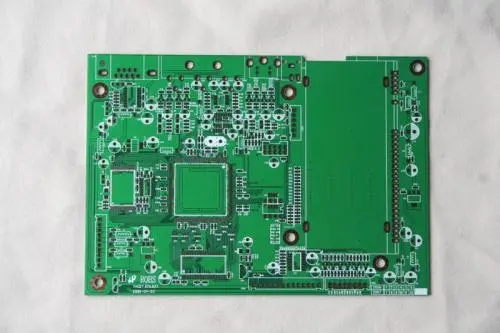When encountering some small objects, or when there is a need, when encountering electronic products without drawings, it is necessary to draw the circuit schematic diagram according to the actual object. Although it becomes very complicated in the case of a larger scale, after mastering the following points, I believe we can still do it.For a simpler circuit, it is not a problem.

1. Select components such as integrated circuits, transformers, transistors, etc., which are large in size, have many pins and play a major role in the circuit, to draw the reference parts, and then start drawing from the pins of the selected reference parts, which can reduce errors.
2. If the printed board is marked with component serial numbers (such as VD870, R330, C466, etc.), because these serial numbers have specific rules, the components with the same first Arabic number after the English letter belong to the same functional unit, so you should use it skillfully when drawing . Correctly distinguishing components of the same functional unit is the basis of drawing layout.
3. If the serial number of the component is not marked on the printed circuit board, it is best to number the component by yourself in order to facilitate the analysis and calibration of the circuit. In order to make the copper foil traces the shortest when designing the printed board arrangement of the components, the manufacturer generally arranges the components of the same functional unit relatively concentratedly. After finding the device that plays a core role in a certain unit, you can find other components of the same functional unit as long as you follow along.
4. In order to avoid too many component pin connections to cross the wiring of the circuit diagram, resulting in a messy drawing, a large number of terminal markings and grounding symbols can be used for power and ground wires. If there are more components, you can also draw each unit circuit separately and then combine them together.
5. Familiar with the basic composition and classic drawing methods of some unit circuits, such as rectifier bridges, voltage regulator circuits and operational amplifiers, digital integrated circuits, etc. First draw these unit circuits directly to form the framework of the circuit diagram, which can improve drawing efficiency.
6. When drawing circuit diagrams, you should find circuit diagrams of similar products for reference as much as possible, which will do more with less.
7. When drawing a sketch, it is recommended to use transparent tracing paper, and use a multi-color pen to classify the ground wires, power wires, signal wires, components, etc. by color. When modifying, gradually darken the color to make the drawing visually and eye-catching so that the circuit can be analyzed.
8. Correctly distinguish the ground wire, power wire and signal wire of the printed board. Take the power supply circuit as an example. The negative end of the rectifier connected to the secondary of the power transformer is the positive pole of the power supply, and a large-capacity filter capacitor is generally connected to the ground, and the capacitor shell has a polarity mark. The power line and ground line can also be found from the pins of the three-terminal regulator. In order to prevent self-excitation and anti-interference, the factory generally sets the copper foil of the ground wire to the widest (large-area grounding copper foil is often used in high-frequency circuits) when the printed circuit board is wired in the factory. The foil is the narrowest. In addition, in electronic products with both analog and digital circuits, the printed boards often separate their respective ground wires to form an independent grounding network, which can also be used as a basis for identification and judgment.
The above is based on the introduction of the PCB board restoration schematic, Ipcb is also provided to PCB manufacturers and PCB manufacturing technology